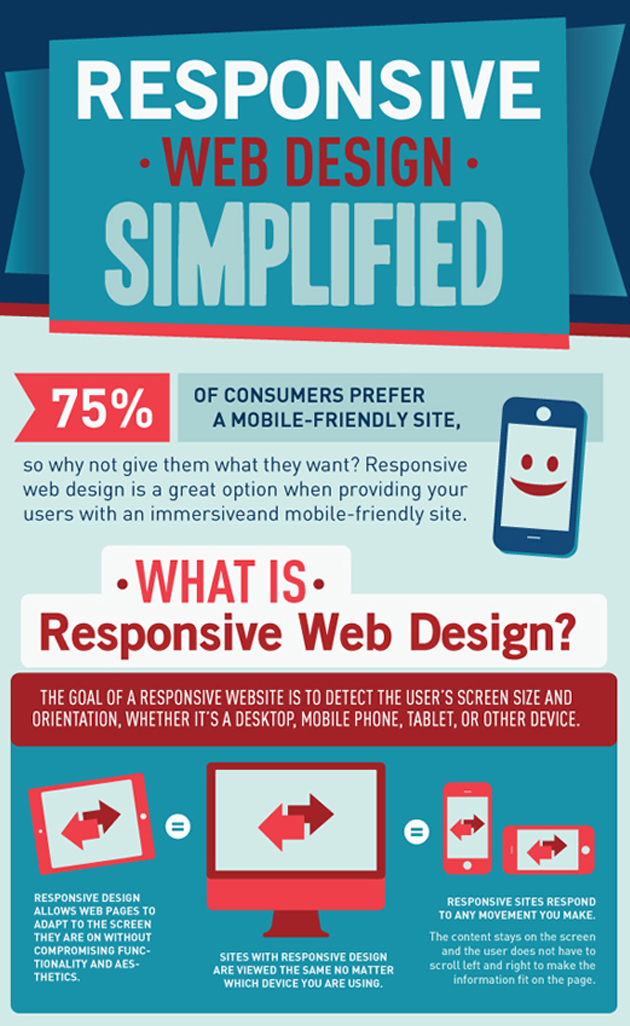Fascinated In Learning Exactly How Internet Site Layout Has Advanced Throughout The Years? Discover The Journey From Uncomplicated Styles To User-Centered Approaches
Fascinated In Learning Exactly How Internet Site Layout Has Advanced Throughout The Years? Discover The Journey From Uncomplicated Styles To User-Centered Approaches
Blog Article
Short Article Writer-Rasmussen Peters
In the past, web sites were basic and concentrated on info. Navigating was direct, and design was for desktop computers. Now, user experience is vital. Information guides styles for very easy navigation. Responsive layouts fit different devices. Today, dark setting reduces stress, and minimal food selections improve navigation. Interactive features engage users, and bold visuals stick out. AI combination enhances interaction. See how design has actually advanced to improve your on the internet trip.
Early Days of Web Design
In the early days of website design, simplicity reigned supreme. Internet sites were standard, with limited colors, typefaces, and designs. The emphasis was on giving info as opposed to showy visuals. Users accessed the net via sluggish dial-up connections, so speed and performance were crucial.
Navigation menus were straightforward, typically located on top or side of the web page. Web sites were created for desktop computers, as mobile surfing wasn't yet widespread. Web content was king, and developers prioritized very easy readability over intricate design components.
HTML was the primary coding language used, and designers had to function within its restrictions. Animations and interactive features were very little compared to today's criteria. Internet sites were static, with little dynamic material or customized individual experiences.
Surge of User-Focused Design
With the evolution of web site layout, a change in the direction of user-focused style concepts has come to be progressively popular. Today, developing sites that prioritize customer experience is critical for engaging site visitors and accomplishing service goals. User-focused style includes recognizing the requirements, choices, and behaviors of your target audience to tailor the internet site's layout, material, and includes as necessary.
Designers currently carry out comprehensive research study, such as customer surveys and use screening, to gather understandings and comments straight from users. This data-driven method assists in developing intuitive navigation, clear calls-to-action, and visually attractive user interfaces that resonate with site visitors. By positioning the individual at the center of the layout procedure, sites can provide an extra tailored and enjoyable experience.
visit the following website has additionally emerged as a key aspect of user-focused style, ensuring that sites are maximized for numerous devices and screen sizes. This versatility boosts ease of access and functionality, satisfying the varied methods users communicate with web sites today. Fundamentally, the increase of user-focused style represents a change in the direction of creating digital experiences that focus on the requirements and expectations of the end customer.
Modern Trends in Website Design
Discover the current fads shaping web design today. One prominent pattern is dark setting layout, using a smooth and contemporary appearance while minimizing eye strain in low-light atmospheres. Another essential fad is minimal navigating, streamlining food selections and enhancing individual experience by concentrating on essential elements. Integrating check this link right here now -interactions, such as animated switches or scrolling impacts, can develop a more appealing and interactive website. Receptive layout remains important, ensuring seamless customer experiences across different tools. In addition, making use of bold typography and unbalanced formats can include visual passion and accentuate specific content.
Integrating AI innovation, like chatbots for customer support or individualized referrals, improves user engagement and simplifies processes. Accessibility has also end up being a considerable fad, with developers prioritizing inclusive style practices to accommodate diverse user requirements. Accepting sustainability by enhancing internet site efficiency for speed and efficiency is another arising trend in website design. Collaborating with user responses and data analytics to iterate and enhance design continually is necessary for staying appropriate in the ever-evolving digital landscape. By accepting these contemporary trends, you can produce a visually enticing, user-friendly internet site that resonates with your target market.
Verdict
As you review the development of web site design from the early days to now, you can see just how user-focused design has actually come to be the driving pressure behind modern-day patterns.
Accept the journey of modification and adaptation in web design, always keeping the user experience at the leading edge.
Stay present with the most recent fads and technologies, and never quit evolving your strategy to produce aesthetically sensational and straightforward internet sites.
Evolve, adapt, and produce - the future of website design is in your hands.
